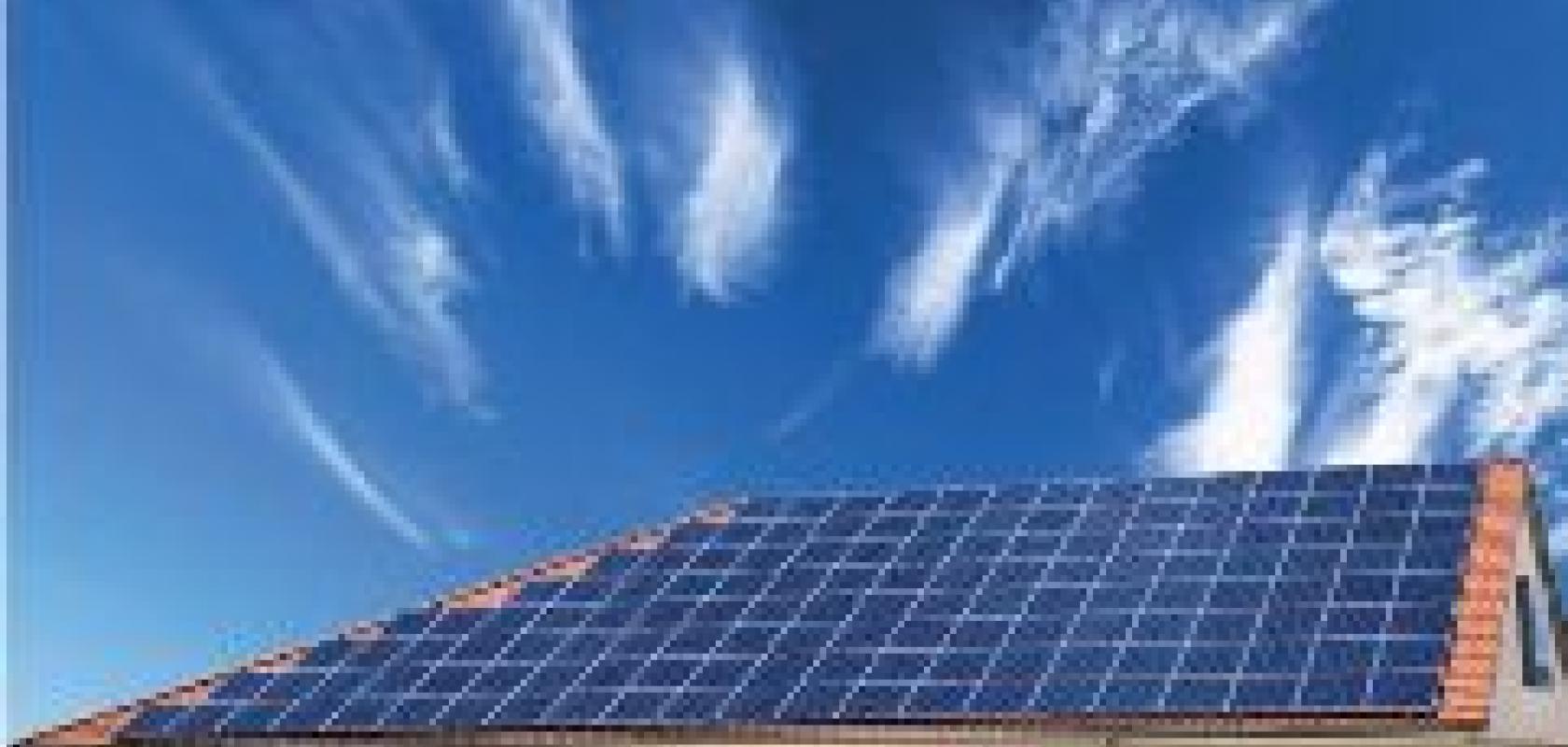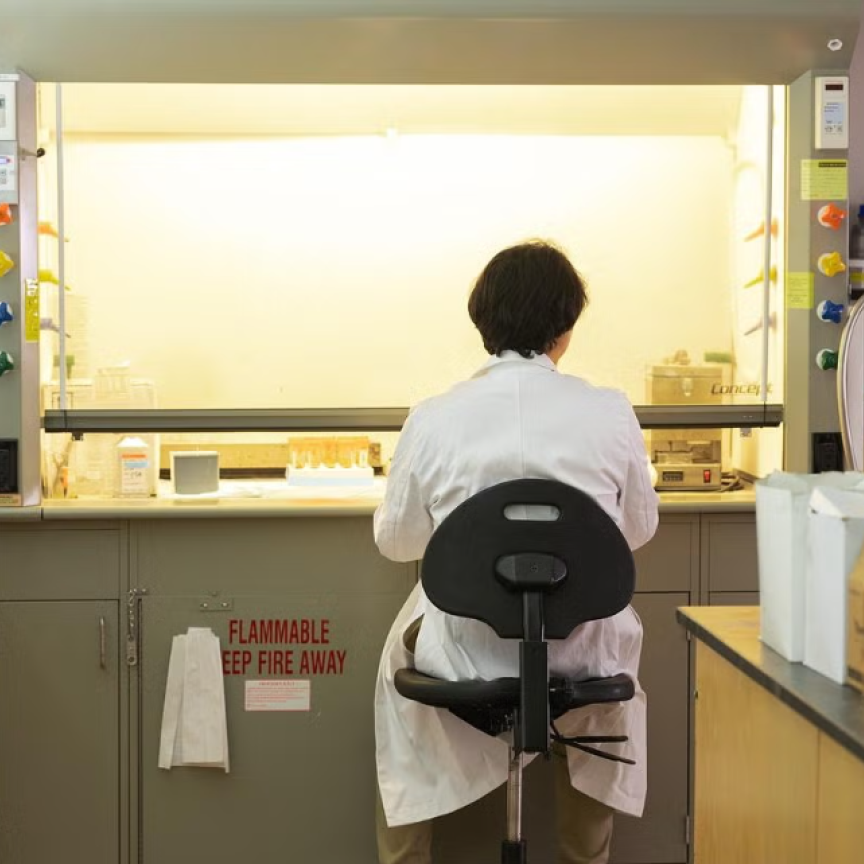The last five years have seen a massive investment in alternative energy sources. Worries about global warming have combined with soaring oil and gas prices, together with political concerns over oil and gas suppliers such as Russia, Venezuela and Iran, to make renewables a booming market.
That has made solar cell manufacturing a growth sector. Companies have rushed to invest in the market, and new fabs have been opened at an accelerating rate. For laser manufacturers and system integrators, photovoltaic manufacturing has appeared as a major area.
The photovoltaic market
The solar market is currently dominated by crystalline – or wafer-silicon (c-Si). Lasers play an important role in the manufacturing process of polycrystalline solar cells, and the material currently represents the main market for laser systems in photovoltaic production. However, alternate thin film photovoltaic modalities are emerging that are potentially cheaper and simpler to manufacture than c-Si, and these have experienced very fast growth rates recently. Thin film photovoltaic forms also require the use of laser systems in their production, but employ them in different functions and phases of production.
Thin film output has increased significantly over the last year. Some of the firms involved in thin film production are major players, such as Q-Cells, First Solar, Oerlikon, Energy Conversion Devices and Evergreen Solar. But most are start-ups and university spin-outs, highly dependent on venture capital funding. With the collapse in funding for solar cells experienced over the past six months, thin film producers are among the most vulnerable in the industry.
Lasers in c-Si
A major application for lasers in photovoltaic manufacture is in edge isolation. After manufacture of the active layer of a cell, a continuous edge creates a potential short circuit between active and back sides. Laser isolation is one technique for isolating the active layer. It has major advantages: it avoids the use of chemicals; lowers the risk of mechanical damage to the wafer; it can be integrated into continuous workflow; and it is fast and flexible enough to allow high throughput.
Another principal application for lasers in photovoltaic manufacture is thin film patterning. Laser scribing is used for cell patterning after each step of deposition of the monolithically integrated thin film module. Accurate scribing, to a width of 10 to 30μm, ensures effective insulation between each layer, leading to improved performance. Laser vendors at the forefront of edge isolation systems for photovoltaic applications include Synova, Coherent, Newport and Rofin. Other companies expanding into the market include Trumpf and LPKF.
In 2007, Synova announced a deal with photovoltaic systems integrator Manz Automation to create new edge isolation systems for c-Si solar cells. This was followed up with the launch of the SynovaManz ILE 2400, an automated photovoltaic edge isolation system that utilises Synova’s water jet-guided laser technology. The system is claimed to reduce damage to the silicon, increasing cell yield and reduce manufacturing costs.
Coherent’s photovoltaic edge isolation solution centres on the AVIA range of laser scribing systems. The 38W laser is claimed to allow processing of up to 3,000 wafers an hour. AVIA lasers operate at 532nm or 355nm, within the visible green or ultraviolet regions. Operating at these wavelengths is claimed to improve cell yield, as micro cracking problems are avoided.
Rofin’s mono and c-Si photovoltaic offerings include qs-Nd:YAG and qs-Nd:Vanadate lasers. Applications include edge isolation, marking, drilling and cutting. Typical scribing speeds in edge isolation are between 400 to 800mm/s. The company’s qs-disc lasers can achieve 5,000 holes/s in percussion wafer drilling, and up to 25 holes/s for trepanning. The company also provides qs-disc lasers for wafer cutting that offer improved quality and waste over Nd:YAG systems, with 150 mm/s at 0.2mm wafer thickness.
Rapid growth in thin film
Thin film represents a major new area of expansion for laser manufacturers. The sector has enjoyed rapid growth, with technology that promises to surpass multicrystalline photovoltaics, with higher efficiencies and cheaper production costs. A large number of start-ups have sprung up, offering scope for increased sales of capital equipment, although many of the early stage thin film companies may now be highly vulnerable in the credit crunch.
Newport launched a family of new systems targeting the thin film photovoltaic manufacturing sector in September 2008. The SolaryX PV laser scribing systems can combine 1,064nm infrared or 532nm green visible lasers for thin film scribing. Using two identical lasers within the system doubles production throughput and increases automation of the process. In May 2008, the company announced an extension to its agreement with thin film manufacturer XsunX. According to XsunX’s chief executive, Tom Djokovich, Newport has been key to XsunX in helping it solve production problems while shifting to thin film glass substrates. The result, he reckons, has been a major boost in thin film price/performance over silicon photovoltaic. ‘Automating cell integration using lasers gives thin film an enormous economy of scale over crystalline, ’ he says.
Rofin-Sinar is currently working with Manz Automation to develop a machine concept for thin film photovoltaic manufacture combining laser edge ablation and laser cutting. Planned to deliver a market-ready product in autumn 2009, it will combine Manz’s existing laser edge ablation process with a new cutting process based on Rofin-Sinar’s protected MLBA laser process. The companies claim that the new machine concept will reduce production costs and result in far-reaching improvements in thin film solar cell quality.

Trumpf believes that high-speed short pulsed lasers will help photovoltaic manufacturers achieve a breakthrough in thin film production. Picosecond pulse lasers are increasingly able to achieve very fast firing combined with narrow beam widths and high positioning accuracy: copper indium selenide cells present a particular challenge, demanding 20μm width beams and positioning accuracy of 1μm. Trumpf argues that picosecond lasers will soon achieve these performances.
Future laser applications in photovoltaics
Although edge isolation and cell patterning are the dominant laser applications in c-Si and thin film solar cell manufacturing respectively, according to Coherent’s Finlay Colville, a range of other applications are beginning to be developed that will greatly expand the role of lasers in the solar cell industry. In c-Si manufacture, these include laser grooving buried contacts, ID marking, wrap-through and cutting. In thin film, the principal emerging new laser application is border deletion. Other potential laser applications include dopant diffusion, defect repair, singulation and interconnection of c-Si wafers, and crystallisation, pulsed laser deposition and sintering in thin film solar cells.
The laser grooved buried contact (LGBC) application was developed at the University of New South Wales by Stuart Wenham and Martin Green. It was developed further by the Fraunhofer Institute working with BP Solar at their plant in Tres Cantos, Madrid. An Nd-YAG laser thermally ‘fires’ small (100μm diameter) areas of the aluminium layer through the oxide film to form local back contact. Silver metal is then electroplated into the grooves in the front of the cell. The advantage of this technique is that it makes possible the manufacture of cells with a silicon feedstock requirement of fewer than 6g per Watt peak (g/Wp), almost half the current consumption level, and likely to reduce further to 5g/Wp with anticipated developments in wafer sawing technology. Advocates of LGBC believe that it offers the prospect of a cost-effective process for high efficiency cells that can drive photovoltaic costs towards grid-parity with current domestic electricity generation.
Key laser developments for next generation solar cell manufacturing include optimising systems for photovoltaic c-Si to improve peak power and reduce thermal diffusion depths, says Coherent’s Colville. He suggests the company’s Talisker laser as an example of the new generation of ultra short pulse picosecond lasers that improve cell efficiency and yield.
Towards 100 per cent quality
The Fraunhofer Institute for Solar Energy in Freiburg has developed a laser scribing technique that allows single wafer tracking through production. Most existing photovoltaic production lines employ lot tracking in their quality control systems. Tracking single wafers is difficult due to the lack of a practical method for identifying each wafer as it passes through the production system. Lot tracking is a wasteful approach, since it reduces yield and stretches cycle times. In the semiconductor industry, laser scribing and OCR systems have allowed single wafer tracking that have driven up productivity at firms such as AMD.
The Fraunhofer Institute has worked with Manz AG to develop a similar technology for use in photovoltaics. Transferring technologies used in semiconductor manufacturing wholesale into photovoltaic production is difficult, since photovoltaic manufacturing tends to be far more varied, with many products simultaneously processed within the same production line. Another concern is the greater vulnerability of a photovoltaic wafer to damage from laser scribing.
The approach taken by Fraunhofer and Manz was to deploy a 40W Q-switched Nd:YVO4 laser, operating at a wavelength of 1,064nm. Scribing at this wavelength within the active area of the cell was found to be resilient and yet did not cause any damage to the cell. The laser was used to scribe a barcode onto the wafer surface. This was found to be readable even in poor light. The laser scribed barcode system allows an almost fully automatic process, with throughput of 1,200 wafers per hour. For cell processes with surface-texturing on mono- and multi-crystalline silicon, average detection rates of 97 and 94 per cent are already achieved over the whole process sequence. The researchers believe that, with better camera resolutions, the laser scribing process can be miniaturised further, and throughputs of around 2,400 wafers per hour achieved – which would match current industrial benchmarks for photovoltaic production.
The use of laser scribing for photovoltaic wafer identification is controversial, according to Eddy Blokken, director of technology at SEMI Europe. Many photovoltaic manufacturers cannot see the point of using laser technology in such a role. They believe it would slow down the manufacturing process, and generate large amounts of production data that would be useless without the development of specialist MES systems tailored to the demands of the photovoltaic industry. Although the semiconductor industry routinely uses MES systems to control production flow, photovoltaics are sufficiently different, and novel, that few systems currently in use can handle their manufacturing requirements.
Blokken believes that as solar cells incorporate more of the high efficiency technologies currently under development – allowing them to convert more sunlight into energy – then laser-based traceability will become key in photovoltaic manufacturing. The greater complexity of high efficiency solar cells will demand it, just as it did in semiconductor manufacture. High efficiency photovoltaic manufacture will require high degrees of production automation, customised MES systems, and quality exception handling, as well as single wafer traceability.
As the photovoltaic industry suffers the fallout of the credit crunch and recession, cost efficiencies, quality and cell performance are going to grow in importance. The photovoltaic industry is undoubtedly here to stay, and will continue to continue steadily, despite recession. With new applications underway in both c-Si and thin film technologies, laser applications will become increasingly central to solar cell manufacture, and the photovoltaic industry will increase its share of total worldwide laser installations.


